The Jagannath Temple in Puri, Odisha, is one of the most revered pilgrimage sites in India and a vital part of the Char Dham Yatra, which also includes Badrinath, Dwarka, and Rameswaram. Dedicated to Lord Jagannath (a form of Lord Vishnu), the temple holds immense cultural and spiritual importance. Puri Jagannath Temple Tour.
Puri is located on the eastern coast of India along the Bay of Bengal. The temple is renowned for its annual Rath Yatra (Chariot Festival), where the deities Lord Jagannath, Balabhadra, and Subhadra are carried in massive chariots, attracting millions of devotees and tourists worldwide.
Beyond religious significance, the temple’s Kalinga-style architecture, intricate carvings, and age-old rituals make it a destination of history, culture, and devotion.
Best Time to Visit
- October to March: Pleasant weather, ideal for sightseeing and temple visits.
- June or July: The famous Rath Yatra is held, though it can get very crowded.
- Avoid peak summer (April–June): Extremely hot and humid.
- Monsoon (July–September): Rainy season can disrupt travel plans, though the temple remains open.
For international travelers, the winter season (Nov–Feb) is most comfortable.
How to Reach
Puri is well connected by road, rail, and air.
- By Air:
The nearest airport is Biju Patnaik International Airport, Bhubaneswar (about 60 km away). From the airport, taxis, buses, and private cars are available to reach Puri in 1.5–2 hours. - By Train:
Puri Railway Station is directly connected to major Indian cities like Delhi, Kolkata, Chennai, and Mumbai. Special pilgrimage trains also run during Rath Yatra. - By Road:
Puri is connected to Bhubaneswar, Cuttack, and nearby towns via national highways. Regular bus services (government and private) are available. Taxis and shared cabs are also popular options.
Entry Fees and Permits
- Entry Fee: There is no entry fee for visiting the Jagannath Temple.
- Restrictions: Only Hindus are allowed inside the temple sanctum. However, visitors of other faiths can view the temple from the Raghunandan Library rooftop, located nearby.
- Special Darshan Passes: Subject to change, there may be paid passes for quicker access during peak times.
Food Availability and Meal Options
Puri is famous for the Mahaprasad (sacred food offering) cooked in the temple kitchens, considered one of the largest in the world.
- Mahaprasad: Served on banana leaves, includes rice, dal, curries, sweets, and dry items.
- Local Cuisine: Puri town has multiple vegetarian and non-vegetarian restaurants serving Odia, Bengali, South Indian, and North Indian meals.
- Street Food: Don’t miss delicacies like Puri Khaja (sweet), Dalma (lentil curry with vegetables), and Rasagola.
- Meal Arrangements During Treks/Tours: For those extending to nearby places like Konark or Chilika Lake, local eateries and packaged foods are readily available. Puri Jagannath Temple Tour.
Packing List and Essentials
When planning your trip to Puri Jagannath Temple, pack wisely:
- Comfortable cotton clothes (lightweight for summer, warm layers for winter evenings).
- Modest attire covering shoulders and legs (as per temple dress code).
- Comfortable footwear (note: footwear not allowed inside temple).
- Water bottle and ORS packets to stay hydrated.
- Sunscreen, hat, and sunglasses for daytime.
- Small backpack for essentials.
- Medicines and a basic first aid kit.
- Raincoat or umbrella if traveling during monsoon.
Safety Tips and Local Regulations
- Temple Rules: Photography and mobile phones are not allowed inside the main temple complex.
- Security: Expect tight security checks, especially during Rath Yatra.
- Crowds: Be cautious of pickpockets in crowded areas.
- Health: Carry personal medication, as temple visits and long queues can be tiring.
- Water Safety: Drink bottled or filtered water. Avoid tap water.
- Local Transport: Always use authorized taxis, auto-rickshaws, or prepaid services.
Tips for Beginners or First-Time Visitors
- Visit early in the morning for a peaceful darshan.
- Book accommodation in advance during festival seasons.
- If possible, attend Mangala Aarti (early morning prayer).
- Keep sufficient cash, as small vendors may not accept digital payments.
- Respect local traditions—avoid loud behavior inside temple premises.
- Non-Hindus can still explore the cultural and architectural beauty of Puri and attend festivals outside the main sanctum.
Local Customs and Cultural Etiquette
- Dress Code: Traditional attire is preferred; modest clothing is mandatory.
- Respect Rituals: The temple follows strict daily rituals. Visitors are expected to maintain silence and discipline.
- Footwear: Remove shoes before entering the temple complex.
- Offerings: Devotees can offer flowers, coconuts, and sweets, which are available outside the temple.
- Interaction: Be polite while interacting with priests and locals. Bargaining at shops is common but do so respectfully.
FAQ Section
Q1. What is the duration of a Puri Jagannath Temple tour?
A temple visit usually takes 2–4 hours, but combined tours including Konark, Chilika, and Bhubaneswar may extend to 2–3 days.
Q2. What is the difficulty level of the tour?
The tour itself is not difficult. The main challenge is managing large crowds during festivals. Walking and standing in long queues may be tiring.
Q3. What is the altitude of Puri?
Puri is located at sea level, so altitude sickness is not an issue.
Q4. Are restrooms available?
Yes, public restrooms are available around the temple complex and in hotels/restaurants nearby. Puri Jagannath Temple Tour.
Q5. Is there a trekking option in Puri?
While Puri itself is not a trekking destination, travelers often combine temple visits with nearby treks or nature walks around Chilika Lake or Konark.
Q6. When is the Rath Yatra celebrated?
It usually takes place in June or July (dates change annually based on the Hindu calendar).
Q7. Are foreigners allowed inside Jagannath Temple?
No, only Hindus are permitted. However, foreigners can admire the temple architecture from outside and enjoy the vibrant culture of Puri town.
Q8. Can elderly or disabled visitors access the temple easily?
Yes, though crowds may make movement difficult. Wheelchair assistance is available on request.
Q9. Is photography allowed?
No, photography is strictly prohibited inside the temple premises. Outside areas are allowed.
Q10. Is it safe for solo travelers?
Yes, Puri is relatively safe. Still, exercise normal travel precautions, especially in crowded areas.
Conclusion
The Puri Jagannath Temple tour is not just a religious experience but also a cultural and spiritual journey. From the grandeur of the temple’s rituals to the warmth of local hospitality and the taste of Mahaprasad, every moment leaves a lasting impression. Whether you are a devotee, a history enthusiast, or a curious traveler, Puri offers an enriching blend of faith, tradition, and heritage. Puri Jagannath Temple Tour.
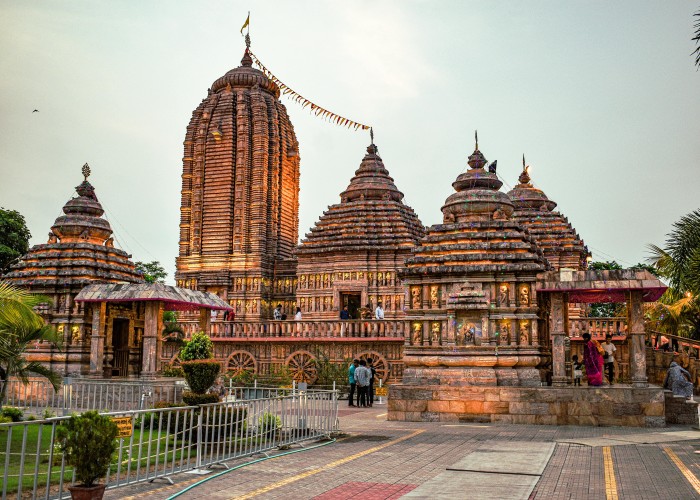
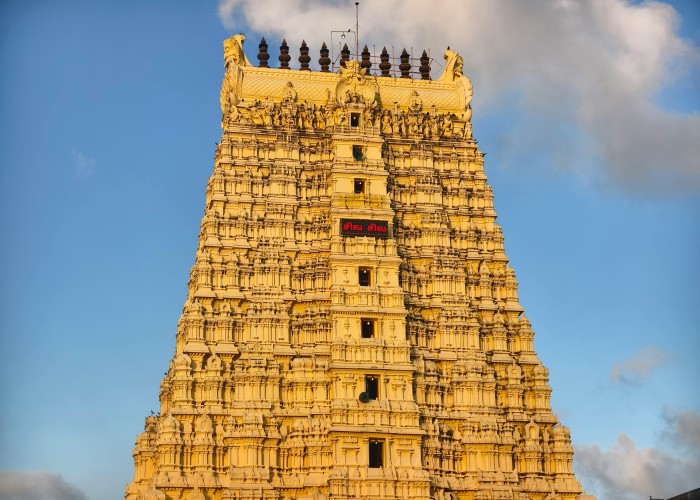
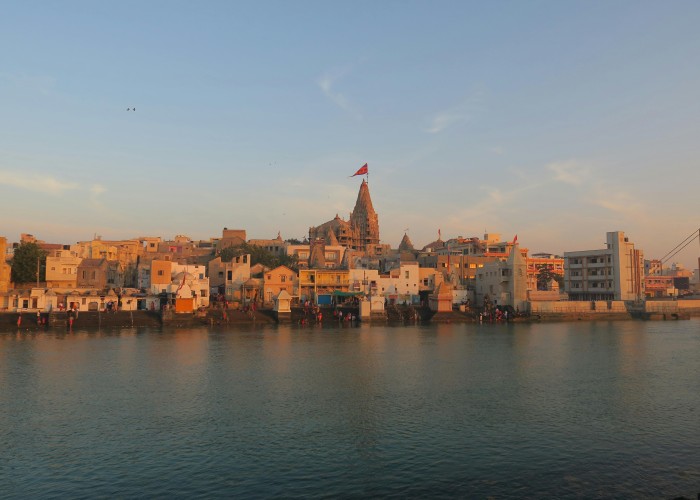
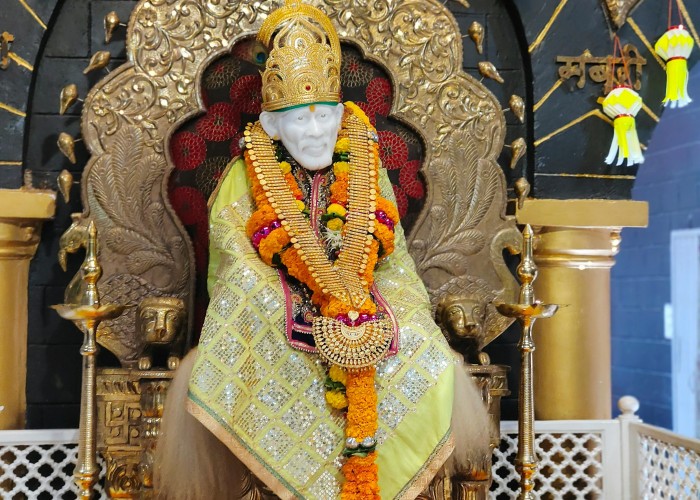
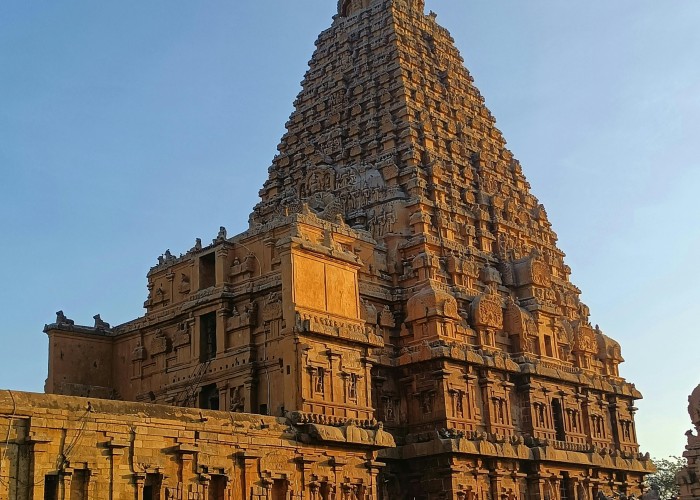
Leave a Reply